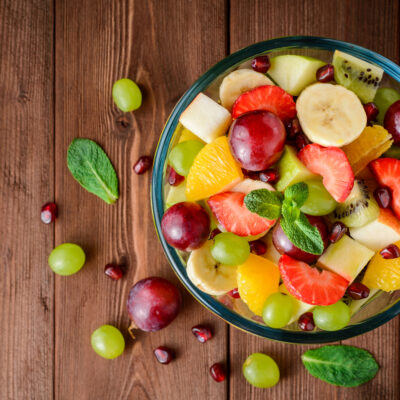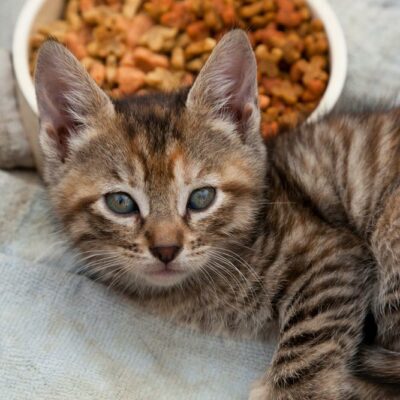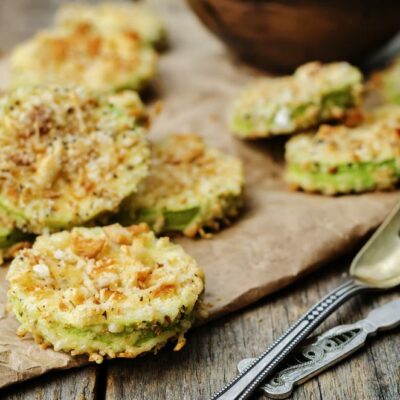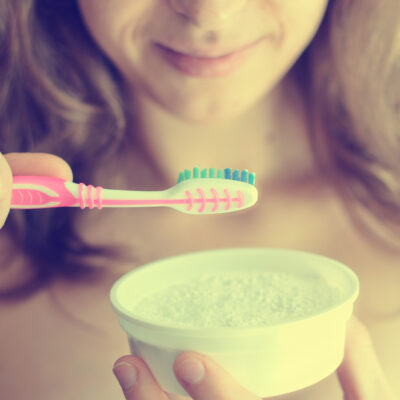
Diet
Foods to Avoid to Manage Bipolar Depression
Nutrition is essential for a healthy body and mind. A healthy body and mind fights diseases by developing resistance and responds well to treatment in case of inflammation. While not often the exact cause, an unhealthy diet, on the other hand, is a prime underlying cause of many health issues, and a diet that remains unhealthy in nature often hinders the treatment process for a variety of conditions, including bipolar depression. A person battling bipolar depression should be very careful to avoid pro-inflammatory foods. Foods with saturated fat do not digest well and build cholesterol in the arteries, and beverages with high alcohol content and caffeine do more harm than good, especially when one is battling bipolar depression or other chronic diseases. This article contains important diet tips for managing bipolar depression and for ensuring the full impact of medications: 1. Alcohol People might have a misconception that alcohol relaxes the mind, but alcohol abuse has many ill effects. Alcohol causes dehydration and affects the nervous system. It may also cause vomiting, an upset stomach, headache, drowsiness, and breathing difficulties. A diet tip for managing bipolar depression is to avoid alcohol consumption during treatment as it could also interfere with the medications.
Read More 















